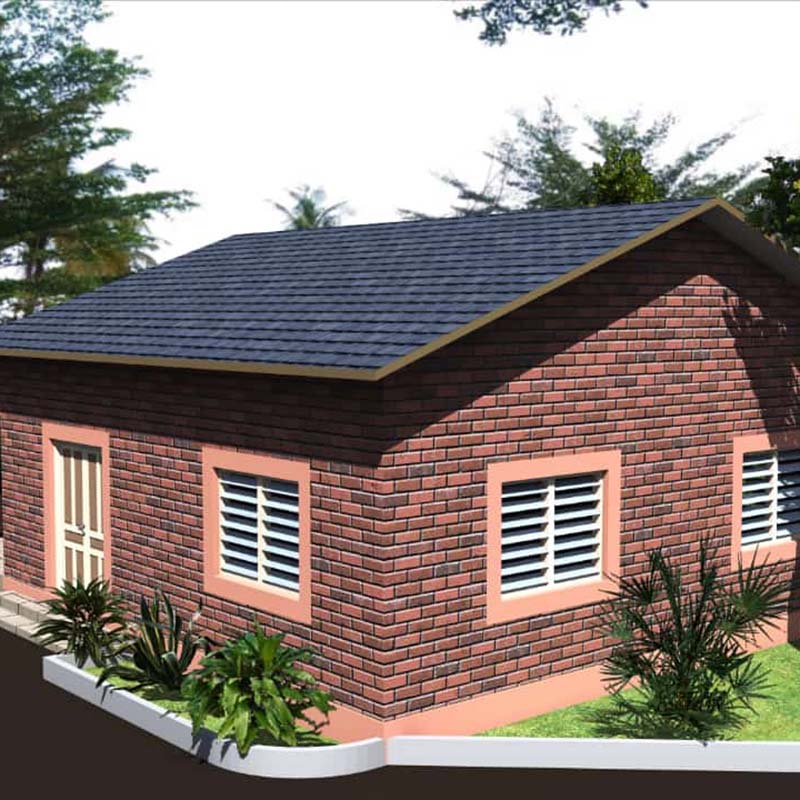
Image source:Aiwei block machine
Introduction
In recent years, the construction industry has increasingly emphasized sustainable practices and environmental responsibility. One area where significant progress has been made is the adoption of brick making machines. These machines have revolutionized the brick production process, offering numerous environmental benefits compared to traditional methods. In this article, we will explore the environmental advantages of using brick making machines and how they contribute to a more sustainable construction industry.
Reduced Carbon Emissions
One of the most significant environmental benefits of brick making machines is the reduction in carbon emissions. Traditional brick production methods often involve the burning of bricks in kilns, which releases significant amounts of carbon dioxide (CO2) into the atmosphere. This not only contributes to climate change but also leads to air pollution and respiratory problems in communities near brick kilns.
Brick making machines offer an alternative approach that reduces carbon emissions. Some machines operate on electric power, eliminating the need for fossil fuels. By using electricity from renewable sources, such as solar or wind, the carbon footprint of brick production can be significantly reduced. This shift towards cleaner energy sources helps mitigate climate change and improves air quality in surrounding areas.
Efficient Use of Resources
Brick making machines optimize the use of raw materials, resulting in efficient resource utilization. Traditional brick production methods often involve wastage due to human error or inconsistent production techniques. In contrast, brick making machines precisely measure and utilize the required amount of raw materials, minimizing waste generation.
Moreover, these machines can also incorporate alternative materials into the brick production process. For instance, some machines allow for the use of recycled aggregates, such as crushed concrete or glass, which reduces the demand for virgin resources. Additionally, by utilizing industrial by-products like fly ash, which is produced from coal combustion, brick making machines help divert waste from landfills and reduce environmental pollution.
Water Conservation
Water scarcity is a significant global concern, and the construction industry is a significant consumer of this precious resource. Brick making machines have contributed to water conservation by implementing innovative techniques in the brick production process. Compared to traditional methods that involve soaking clay or concrete in water, machine-operated brick production can significantly reduce water usage.
These machines typically require minimal amounts of water for mixing the raw materials into a workable consistency. By adopting efficient water management practices, brick making machines not only conserve water but also alleviate the pressure on local water sources, particularly in regions facing water scarcity.
Minimization of Waste and Landfill Diversion
Brick making machines play a vital role in minimizing waste generation and diverting materials from landfills. Traditional brick production methods often result in a significant amount of waste due to imperfect bricks or excess materials. This waste ends up in landfills, contributing to environmental pollution and occupying valuable land space.
With brick making machines, the production process is highly controlled and consistent, resulting in minimal waste generation. These machines ensure that each brick is of high quality and meets the required specifications, reducing the likelihood of rejection or discard. Furthermore, the use of alternative materials, such as recycled aggregates or industrial by-products, helps divert these materials from landfills and gives them a new purpose in the construction industry.
Preservation of Natural Resources
The use of brick making machines contributes to the preservation of natural resources. Traditional brick production methods rely on the extraction of clay from soil or the use of concrete made from cement, both of which require extensive mining and extraction processes.
By incorporating alternative materials and optimizing the use of resources, brick making machines reduce the demand for virgin materials. This, in turn, helps preserve natural habitats and ecosystems that would otherwise be affected by mining activities. Additionally, by utilizing recycled aggregates or industrial by-products, brick making machines contribute to the circular economy and reduce the reliance on non-renewable resources.
Noise and Air Pollution Reduction
Traditional brick production methods often generate noise and air pollution, impacting the health and well-being of surrounding communities. The use of brick making machines helps mitigate these issues by incorporating advanced technologies that minimize noise and air pollution.
Machine-operated brick production involves less manual labor and reduces the noise generated by human activities. Additionally, some machines are designed with noise reduction features, further minimizing noise pollution in the vicinity. Moreover, the use of electric-powered machines reduces or eliminates emissions of harmful pollutants, such as particulate matter and sulfur dioxide, associated with burning bricks in kilns.
Conclusion
The adoption of brick making machines in the construction industry has brought about significant environmental benefits. These machines contribute to the reduction of carbon emissions, efficient use of resources, water conservation, waste minimization, preservation of natural resources, and reduction of noise and air pollution. By embracing these sustainable practices, the construction industry can play a crucial role in mitigating climate change, conserving resources, and protecting the environment.
While brick making machines offer substantial environmental advantages, their widespread adoption and accessibility to all construction companies still pose challenges. Factors such as initial investment costs, access to technical expertise, and the need for supportive policies and regulations need to be considered. However, with continued technological advancements and increasing awareness of environmental concerns, the use of brick making machines is expected to grow, further contributing to a greener and more sustainable construction industry.
